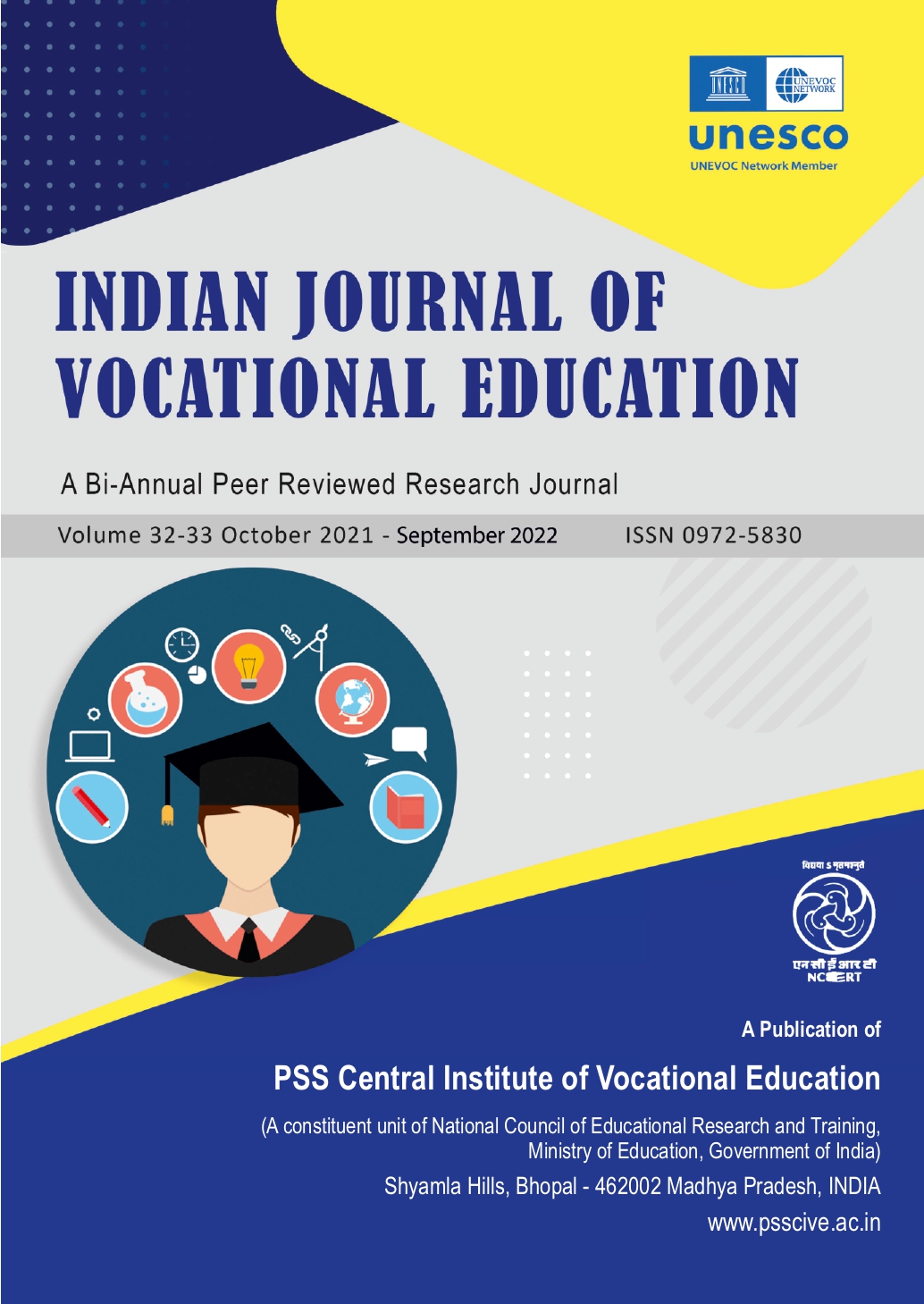Engineering Faculty Leadership Development: A Case Study
Published 2022-09-30
Keywords
- Leadership in Education,
- Leadership by Encouragement,
- Self-Managing Leaderships,
- Innovative Leadership,
- Super Leadership
- Role of Leaders in Bringing Creativity in Engineering Institutions ...More
How to Cite
Abstract
The performance of engineering institutes is predominantly controlled by the leaders (chair persons of the governing councils, directors, principals, deans, etc.) whatever may be the grants-in-aid, resources, quality of the faculty and students, and the technology. Many institutes have grown to a very large extent due to the effective leaders even though there is a
severe shortage of resources. The outstanding performance of the students and faculty members is due to excellent leaders at various levels of administrative cadres. In this competitive world and globalized economy, the leaders have to encourage their faculty and
students, have to develop engineering programs, get assistance from the government, industries, international development agencies, and alumni. The outcome of the engineering programs reflects on leadership. The following four faculty leaderships models have been introduced: Self-Managing Leadership, Encouraging Leadership, Innovative Leadership, and Super Leadership. In planning various institutional development programs, substantial management courses are planned on the leadership development, interpersonal relationships, capacity development, quality improvement, introducing project-based learning, dual
programs, research and consultancy works, research publications, offering diverse faculty development programs, etc. This research work is based on the series of faculty development programs conducted since 1984 for various faculty members and educational leaders under the quality improvement programs. Leadership by encouragement, self-leadership, behavioral strategies that encourage the faculty members, and super-leadership have been rated as the best for engineering education. In the presence of such a development process, many institutes have become rich performers. Further research is recommended to develop
suitable models in educational leadership.
